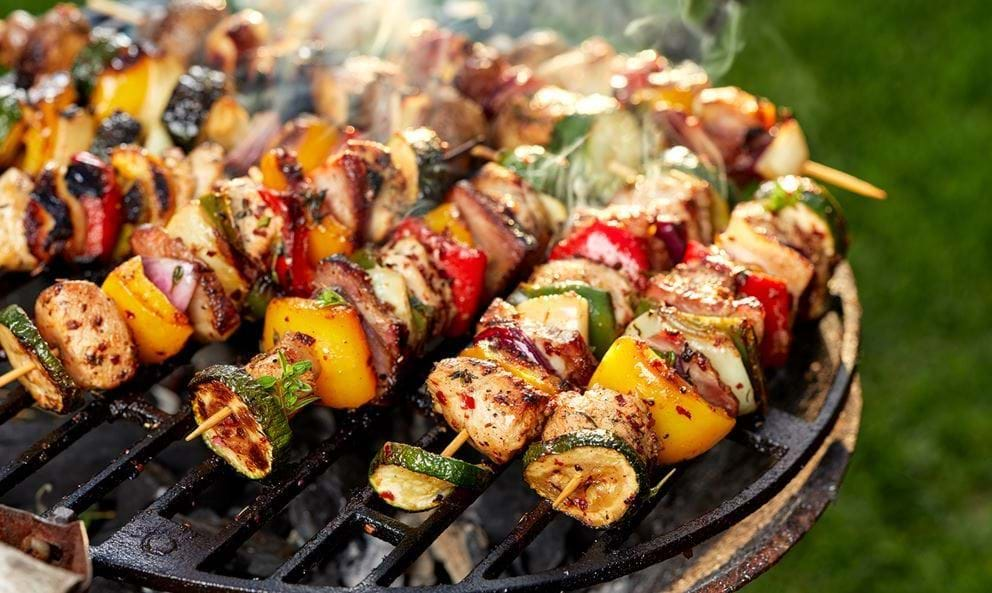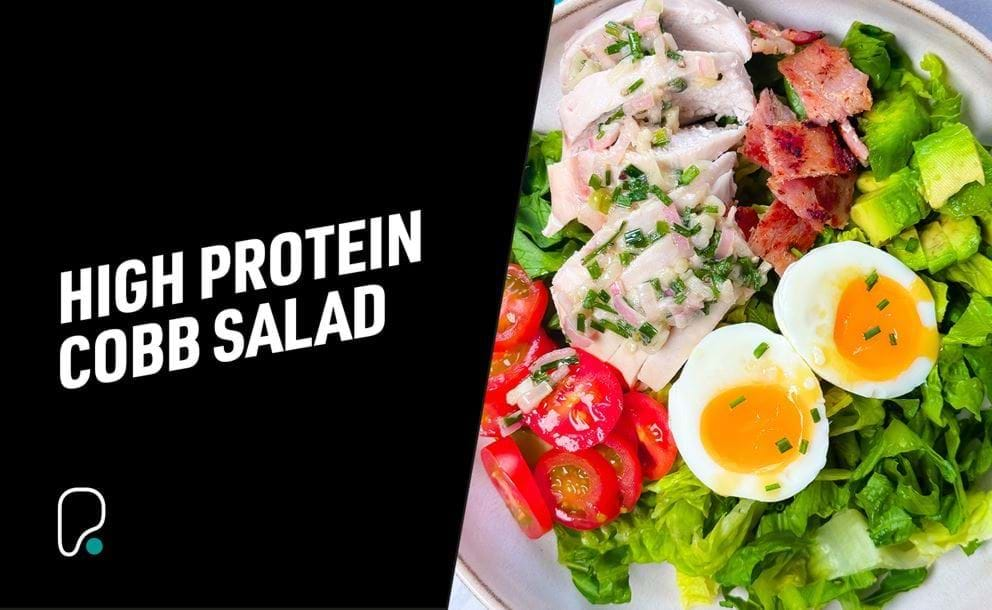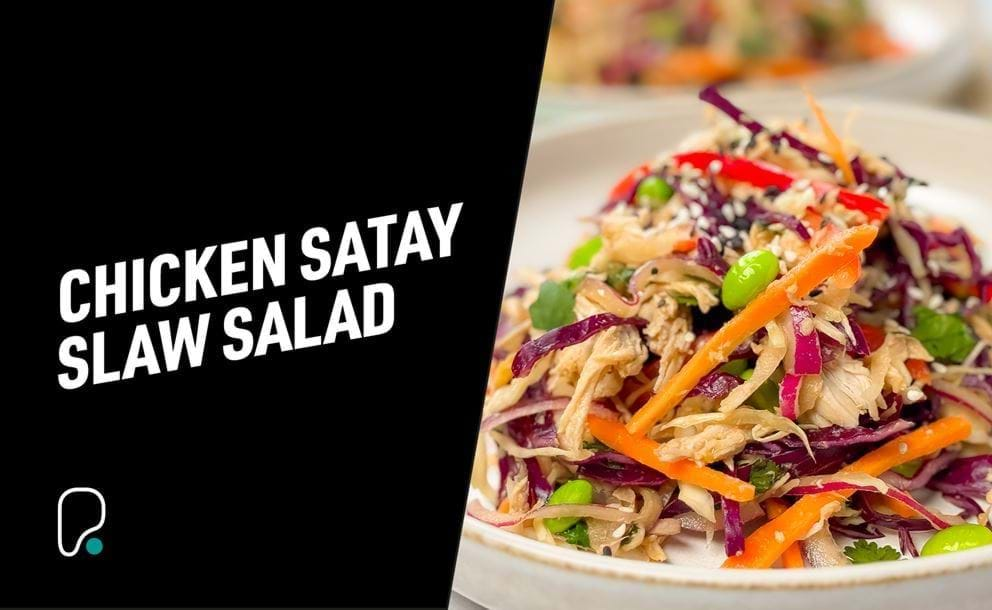Pasta vs Rice: Which has More Nutritional Value?
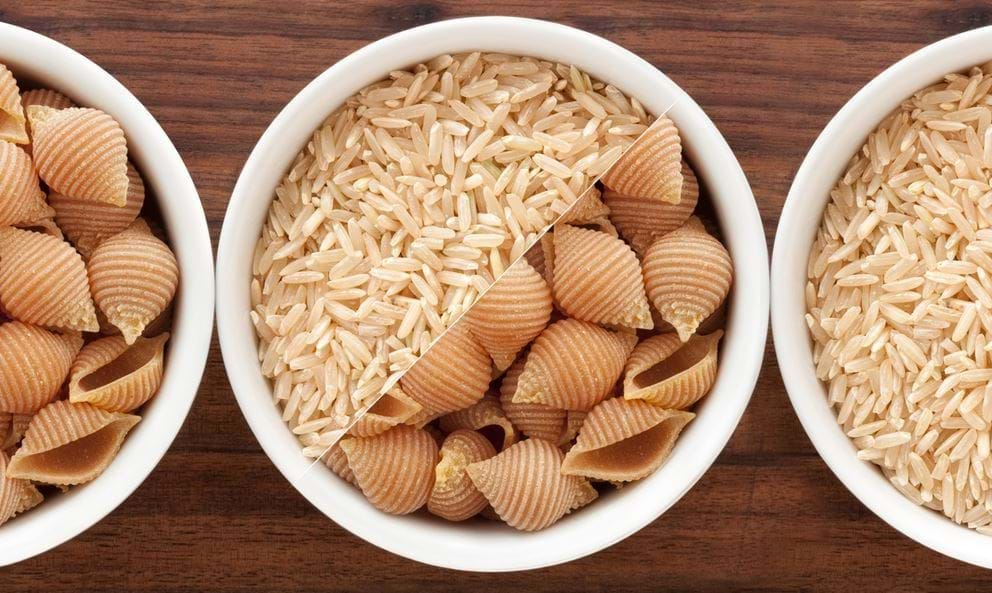
Page last updated: 11th April 2023
Most people think that carbohydrate-rich foods such as pasta and rice are bad for you when looking for a balanced diet. This couldn't be further from the truth however, as the exact opposite proves to be the case. These slow-release carbohydrates help to replenish your energy supplies and therefore your endurance during workouts.
Starchy foods like rice and pasta should make up a third of our food intake as part of a balanced diet. But which has better nutritional value: pasta or rice? We've taken a look at a standard bag of supermarket white rice and white pasta and broken down the nutritional benefits to find the answer.
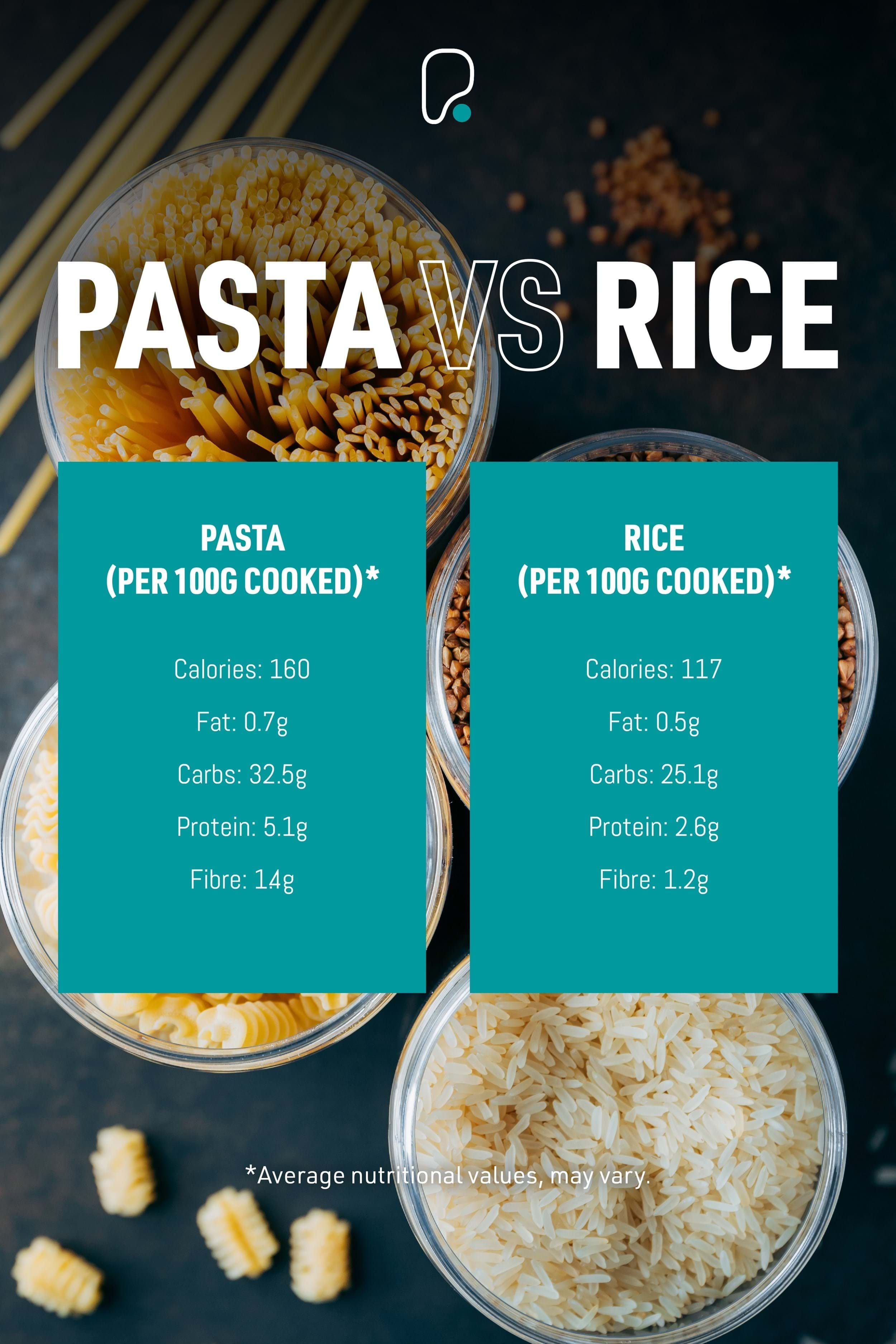
Nutritional value in page (per 100g)
Calories: 160
Fat: 0.7g
Carbs: 32.5g
Starch: 31g
Fibre: 1.4g
Protein: 5.1g
Nutritional value in rice (per 100g)
Calories: 117
Fat: 0.5g
Carbs: 25.1g
Starch: 24.9g
Fibre: 1.2g
Protein: 2.6g
The breakdown:
Though there may not seem to be a huge amount of difference between rice and pasta at first glance, when we look at the details we can see that there are pros and cons to both of these carbohydrate sources. The choice most beneficial to you comes down to which works best in accordance to your diet and gym regime.
Rice
At 117 calories per 100g Vs pasta's 160 calories per 100g, rice has significantly lower calories, so swapping pasta to rice may be beneficial for anyone controlling their calories as a way to lose or maintain their weight. 43 calories may not seem a lot but this adds up over time, and when it comes to weight loss and calorie adherence, every little helps.
Rice also has less carbohydrates than pasta, making it a slightly better choice for anyone who is watching their carbs.
Pasta
We can see from this that pasta is higher in dietary fibre than rice, which plays a really important part in a healthy diet and the health of the body's digestive system. Fibre can also help you to keep full for longer, so consider choosing pasta over rice if you tend to feel hungry quickly after meals.
Pasta is also higher in protein at 5.1g per 100g Vs. 2.6g. Although this doesn't seem like a huge difference, getting enough protein plays a key role in helping muscles recover and grow. It also increases satiety, so adding in those few extra grams might mean you stay full for longer after your meal. For vegans and vegetarians, getting protein from a range of sources is really important too, and swapping rice for pasta can help to increase your protein intake without much thought.
A very common question we hear is: 'is pasta bad for you?'. It seems this dinnertime favourite gets an unfairly bad reputation. Pasta, specifically the whole-wheat varieties, are known to be a great source of whole grains. While much has been said about the positive health effects of whole grains for years now, findings from 2017 suggest that they might also boost metabolism and increase calorie loss.
The results:
Hopefully this article helps to clear up whether you should opt for pasta or rice with your meals. For lower calorie and carbohydrate content, rice comes out top. But if protein and fibre is your aim, pasta wins over rice. That said, both can play a part in a healthy diet - and as the nutritional differences are quite small, it often comes down to which you would prefer.
Carbs are an important part of your diet - they are the main source of energy for your brain, and help to fuel your body for exercise. Instead of worrying whether pasta or rice is more important, you may find it more beneficial to focus on portion control, including whole grain versions of pasta and rice, and ensuring your plate also contains nutrient dense fruit and vegetables, and protein.
